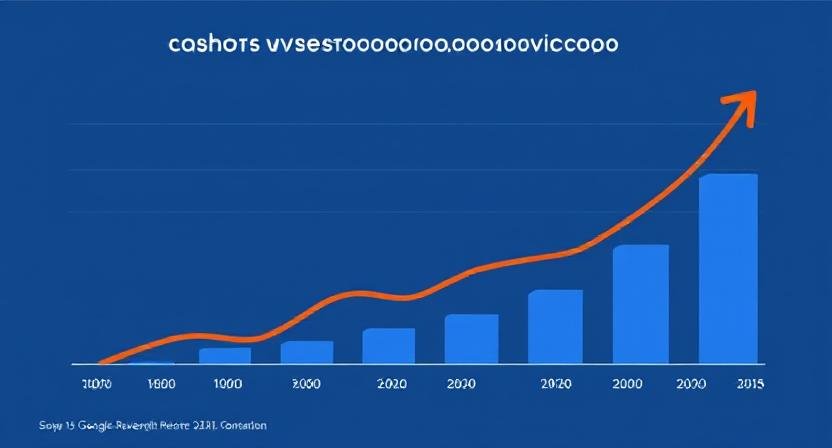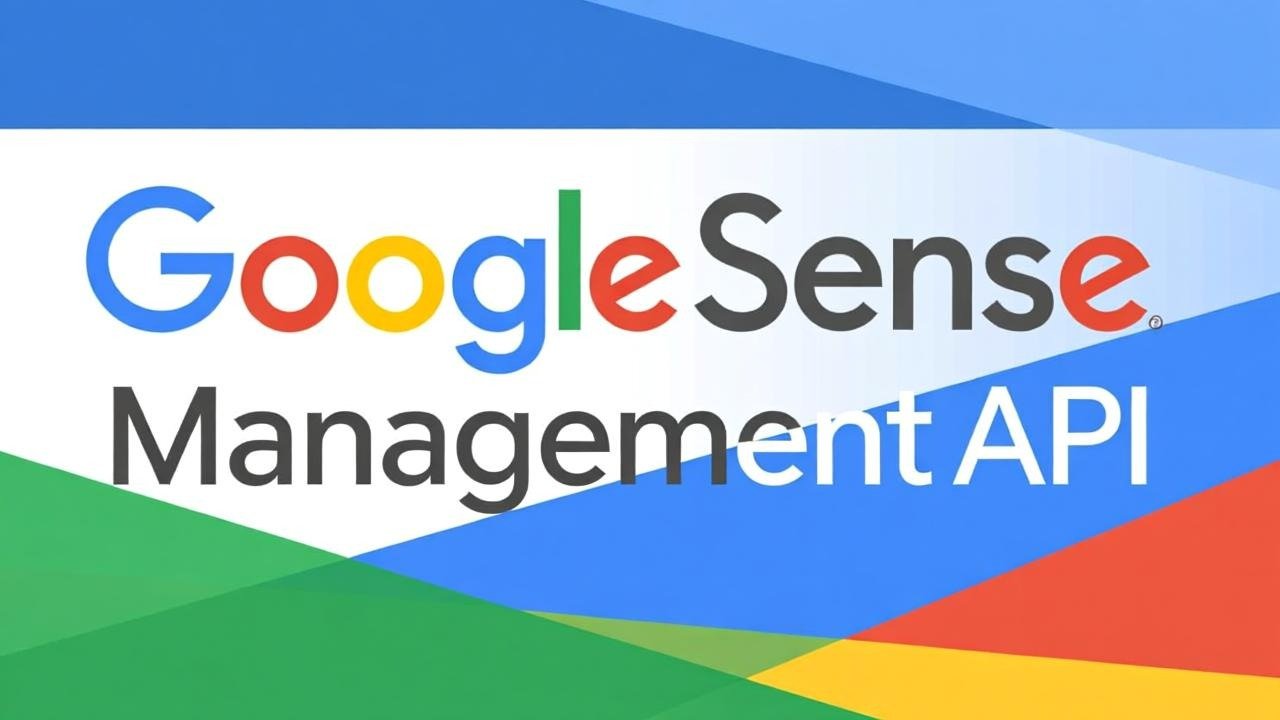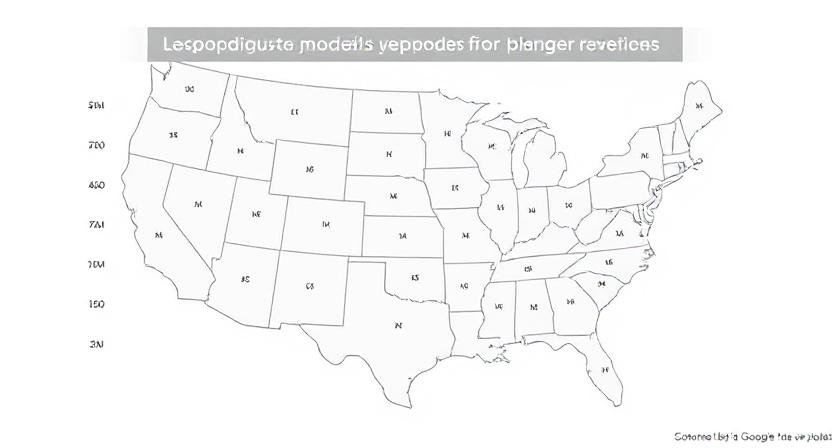In the competitive landscape of digital advertising, optimizing your campaign’s return on investment (ROI) is crucial to success. Google Ads offers powerful tools to create and manage advertising campaigns, and one of the most valuable yet underutilized features is the Google Ads calculator. This tool helps advertisers estimate expenses, forecast results, and adjust strategies for maximum financial efficiency. In this article, we’ll explore how to use the Google Ads calculator effectively in 2025 to boost your campaign ROI, along with actionable tips and best practices.
What Is the Google Ads Calculator?
The Google Ads calculator is a tool that provides advertisers with estimates of key performance metrics such as clicks, impressions, cost, and conversions based on inputs like keywords, bids, geographic targeting, and budget. It leverages historical auction insights to predict how your ad campaign might perform under various conditions.
By simulating outcomes beforehand, advertisers can establish realistic expectations and optimize budgets to avoid overspending or underperformance.
Why Is the Google Ads Calculator Important for ROI?
-
Budget Planning: Forecasting ad spend helps set a sustainable budget aligned with business goals.
-
Result Estimation: Predict metrics such as click volume and cost per click to anticipate campaign impact.
-
Scenario Analysis: Compare different bidding strategies or keyword selections to find the most cost-effective approach.
-
Optimization: Understand how changing bids or targeting parameters influences ROI, allowing for informed adjustments.
-
Reduced Waste: Avoid ineffective spending by pinpointing high-value opportunities before launching campaigns.
How Does the Google Ads Calculator Work?
Google Ads auctions depend on several factors including keyword competition, quality scores, bids, and targeting. The calculator uses aggregated historical data to predict the following:
-
Clicks: Estimated number of clicks within your budget.
-
Impressions: Number of times your ads are likely to appear.
-
Cost: Expected monetary spend for the set campaign parameters.
-
Average Cost Per Click (CPC): The average price you might pay per click.
-
Conversions (if tracked): Projected actions such as purchases or sign-ups.
These predictions arm advertisers with valuable foresight, enabling smarter investment decisions.
Step-by-Step Guide to Using the Google Ads Calculator
1. Access the Tool
Start by logging into your Google Ads account. Google’s Keyword Planner within Ads is the official calculator tool designed to assist with keyword research and estimations.
2. Enter Keywords and Targeting Details
Input your target keywords relevant to your product or service. Specify relevant parameters including:
-
Geographic region and language preferences.
-
Device types (mobile, desktop).
-
Bid amounts you are willing to pay per click.
3. Set Your Daily or Monthly Budget
Enter your advertising budget to receive cost and volume estimates balanced against your spending limits.
4. Review Forecast Outputs
Analyze the forecasted clicks, impressions, CPC, and costs shown by the tool. These values indicate what kind of traffic and expenses you can expect for chosen keywords and budget.
5. Adjust Inputs and Compare Scenarios
Change budgets, bids, or keyword selections to run multiple “what-if” scenarios. Evaluate performance trade-offs to determine the optimal settings that maximize ROI.
Best Practices for Maximizing ROI Using Google Ads Calculator
Conduct Thorough Keyword Research
Choose keywords with strong search volume but manageable competition. Long-tail keywords often offer better ROI by attracting qualified and cost-effective traffic.
Utilize Negative Keywords
Filter out irrelevant search terms that generate low-quality clicks, preserving budget for high-converting segments.
Experiment with Bidding Strategies
Test manual CPC versus automated bidding strategies such as Target CPA or Maximize Conversions, using the calculator to model expected impacts.
Align Budget with Campaign Goals
Set budgets proportional to your conversion goals and lifetime customer value. Avoid underfunding high-potential campaigns or overfunding low-return initiatives.
Monitor Campaign Closely and Optimize
Use initial calculator projections as benchmarks. Regularly track actual campaign data, adjusting bids and keywords to converge towards higher ROI.
Common Mistakes to Avoid with Google Ads Calculator
-
Over-Reliance on Estimates: Understand that forecasts are based on historical data and assumptions; real-world performance may vary.
-
Ignoring Quality Score Impacts: Quality Score influences CPC but is not directly included in simple cost estimations. Focus on improving ad relevance and landing page experience to reduce costs.
-
Neglecting Seasonal Fluctuations: Market dynamics such as seasonal demand spikes can affect CPC and conversion rates beyond calculator predictions.
-
Using Broad Keywords Without Filters: Be cautious with broad match types that can increase irrelevant traffic and inflate costs.
Real-World Example: Using Google Ads Calculator to Boost ROI
Consider an online retailer launching a campaign for skincare products. By inputting their target keywords (“natural face moisturizer,” “organic skincare”) and budget ($50 per day), the calculator forecasts:
-
40–50 clicks per day
-
Average CPC of $1.20
-
Around 3,000 impressions
Adjusting the bid upward slightly in the calculator preview shows increased impressions but higher average CPC. With this insight, the retailer opts for a balanced bid to maximize both clicks and cost efficiency, aligning campaign spend with expected revenue per sale. Continuous monitoring ensures adjustments based on actual performance data.
Official Google Ads Resources for Calculators and Planning
Google provides official tools including Keyword Planner for effective campaign forecasting and budget planning. Visit the Google Ads Help Center for detailed instructions and best practices:
Set your budget and bidding strategy
Read More: Google AdSense: Use-Cases, Insights, and Reviews in 2025
Conclusion
The Google Ads calculator is a vital asset for advertisers aiming to maximize ROI in 2025. Through budgeting forecasts, scenario comparisons, and performance estimations, the calculator guides smarter investment decisions, reduces wasted spend, and enhances campaign efficiency.
By coupling precampaign modeling with ongoing data analysis, advertisers can unlock optimal results, improve user targeting, and ultimately maximize the financial success of their Google Ads efforts.











1 thought on “How to Use Google Ads Calculator for Better Campaign ROI”